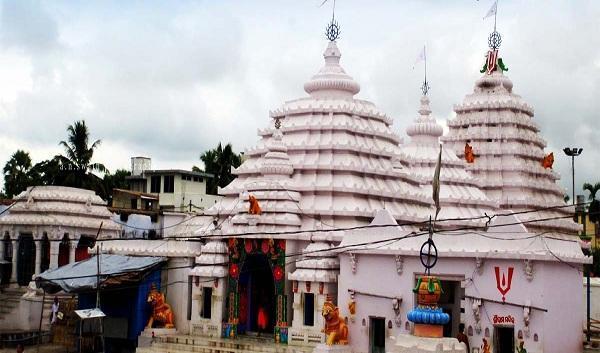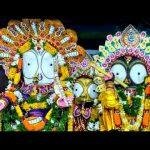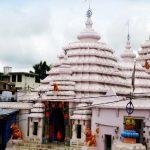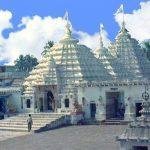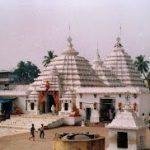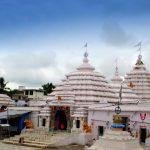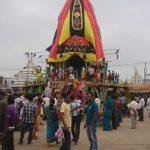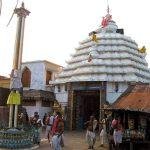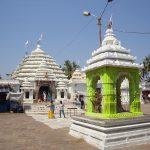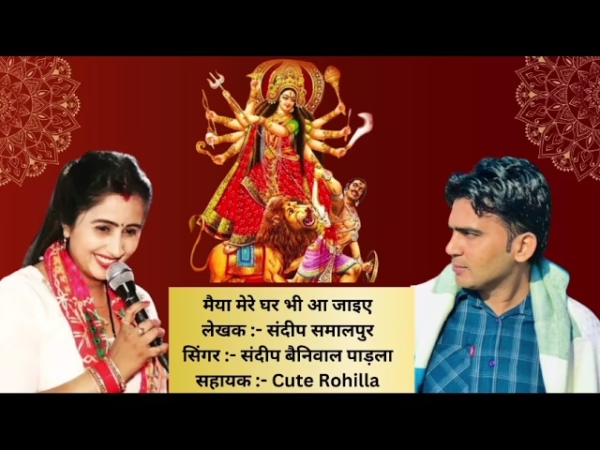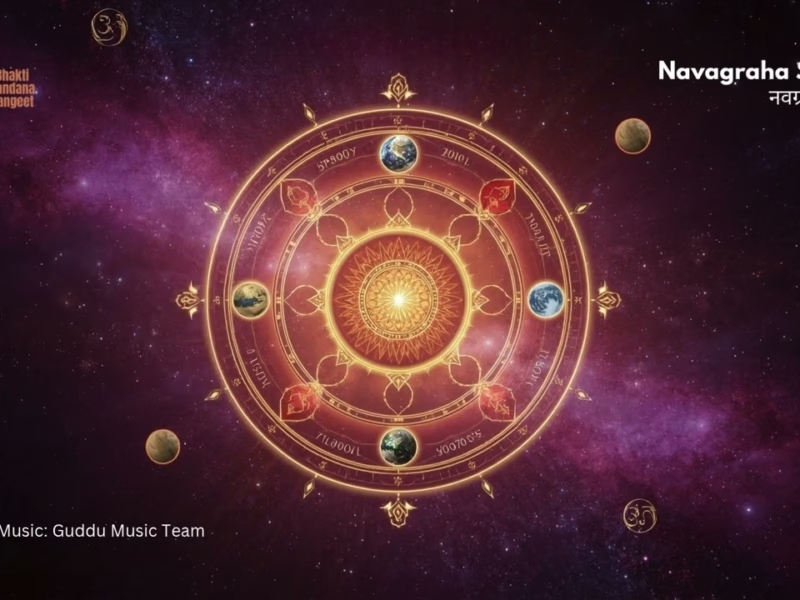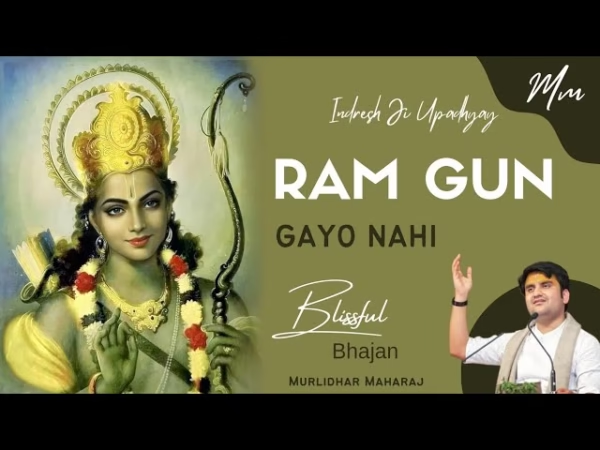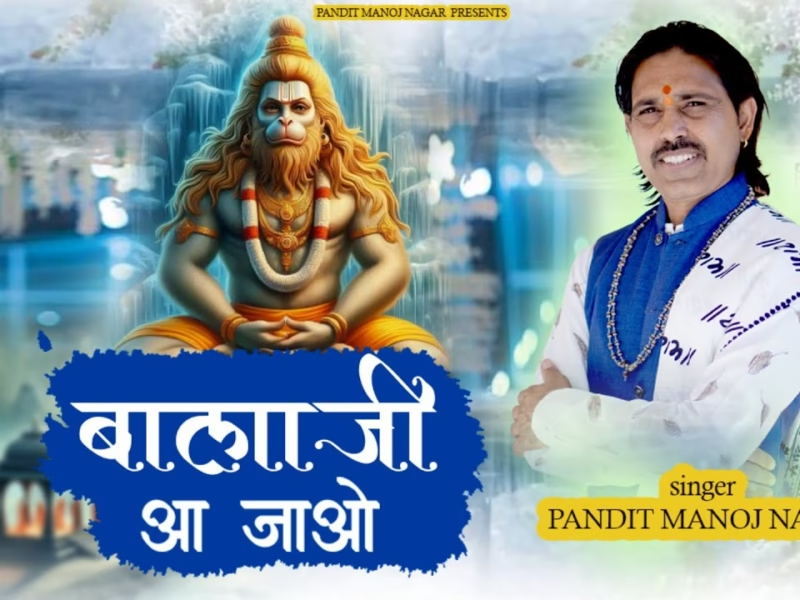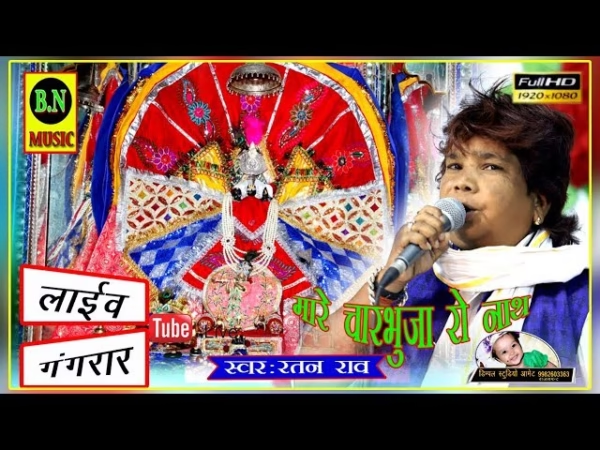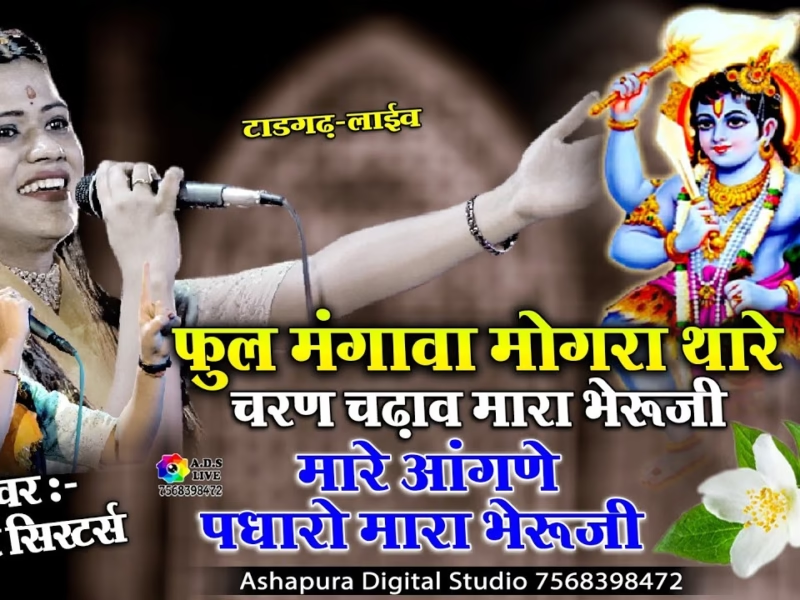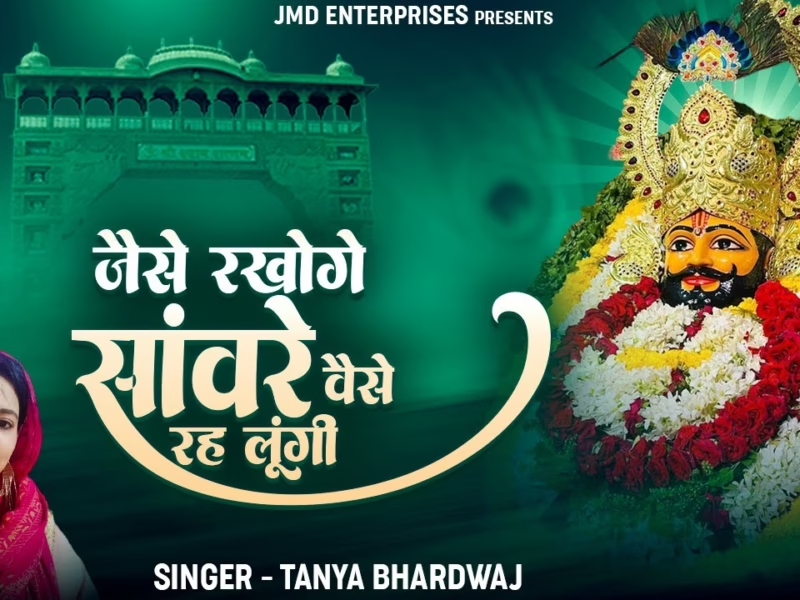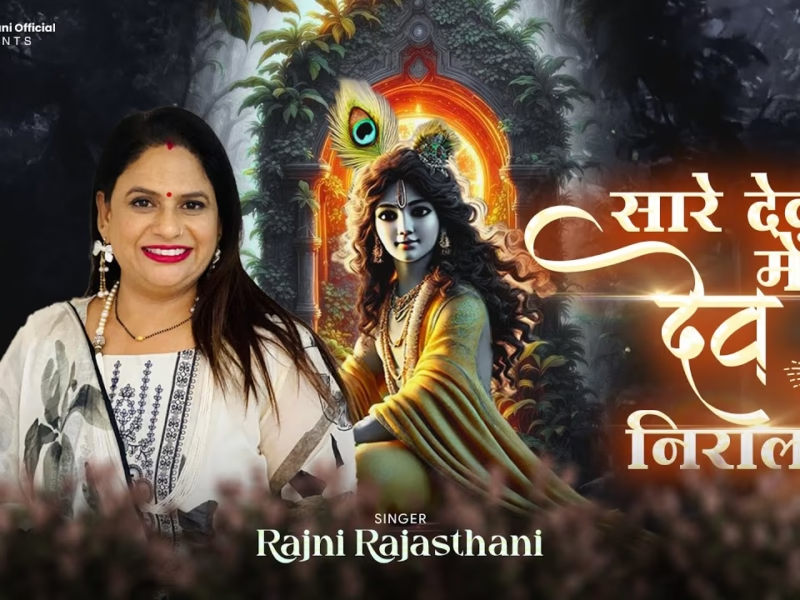Baladevjew Temple, Kendrapara, Odisha
| Date built: | – |
|---|---|
| Deity: | – |
| Architectural style: | – |
| Major festivals | – |
| Locale: | Ichhapur |
| District:: | Kendrapara |
| Address: | Babar Bijaynagar Kendrapara Rd, Kendrapara, Odisha 754212 |
| Phone | 06727230222 |
Baladev Jew Temple is situated in Ichhapur (Tulasi Khetra), Kendrapara, Odisha. Baladevjew Temple is a very famous temple of Odisha and Balarama is its main divinity. However, Jagannath and Subhadra are also worshipped in the Ratna Sinhasan in the main temple. An idol representing tulasi as a goddess in a seated position is also present after the sacred seven steps.
Architecture
Baladev jew Temple is constructed over an area of 2 acres of land. There are 2 parts in the total area, in one part, different temples are located and another part is a beautiful garden. There is a big boundary around the temple, which is 14 meters high. There are four main parts of Baladev Jew Temple which are Sri Mandir, Natya Mandir, Bhoga Mandap and Mukhashala. The main temple height is 75 feet and width is 40 feet. The main temple has a 7 steps and heavy baulamalia stone are used in this temples construction. The other important parts of the temple are Garuda Stambha, Ratna Bhandar, Snana Mandap, Mukti Mandap, Jhulan Gruha, Laxmi Mandira, Anand Bazar, Bhairabi Mandir, NabaGraha Mandir, Kasi Biswonath, Astasambhu Mahadev, Sri Ram mandir, Sidheswar Mahadev, Mukti Mandap, Ganesh mandir, & adhistati Devi Tulasi Temple
Legend / Local stories
There are several stories surrounding Lord Baladeva Jeu at Kendrapara. Kandarasura, a demon king, destroyer of Yajnas (sacrifices) , was ruling over the area surrounding Lalitagiri and Assia mountain ranges. Tulasi kshetra Mahatmya reveals that he lived near Lalitagiri – Alatigiri and was terrifying people. Lord Balabhadra defeated him in a fight as a result of which he left the place, went to Kapilas mountain near Dhenkanal and lived in disguise in the nearest mountain ranges as he was an ardent devotee of Lord Siva. Lord Balabhadra thoroughly searched every nook and corner of the hill and lastly ploughed the hill with his plough (hala) as a result of which one perennial spring emerged from the hill, which is now called ‘Langal Siar Jharana’ (spring of the plough). After persuading him from Kapilas, Lord Balabhadra killed the wicked demon Kandarasura in a fight and threw his slain body all over nearby places by cutting it into pieces.
It is a popular belief among the local people that the scattered body was fallen at Asureswar, Balagandi, Kamar Khandi, Navi Khanda which places are named after the head (Aswa Sira), trunk (Gandi of Aswa) waist (Kamar-Khanda) and Naval (peice of Navi) of the demon Kandarasura respectively. It is also believed that the Siva temples of Swapneswar at Kantia, Lankeswara of Gualisingh, Bileswar of Kagal were founded by Baladeva over the face, neck and waist of the demon respectively, Balagandi, the place where the trunk of Kandarasura had fallen is called Kandara padi (Kendrapara). According to his name, the place name ‘Kandharapara’ or ‘Kendrapara’ has been derived.
Before killing the demon, Lord Balabhadra at first killed Madhudaitya, the chief military general of Kandarasura at Lalitagiri through his war weapon plough. The blood gushing out from the body of the general formed a river named Madhusagar (now Gobari river) which flow towards east by the side of Kandarasura Menhir and ultimately meet the sea.
Lord Balaram married Tulasi, the only daughter of Kandarasura on the 12th day of the bright fortnight in the month of Magha which is observed with pomp and ceremony every year as ‘Tulasi bibaha day’ (marriage day of Tulasi) in the Baladeva Jeu Temple, Kendrapara. The place where this marriage was performed is renamed as Tulasi Kshetra. The deity of Tulasi Devi is worshipped in a temple near village Gochha on the northern side of the road from Kendrapara to Ichhapur.
The Deity of Baladeva Jeu– It is said that after the departure of Lord Balarama to his own abode, he established himself as a deity to be worshipped here. This deity was worshipped by Devatas (demigods) at the door of Patalpuri which is identified with Lalitagiri in Dwapar Yuga. When Kali yuga appeared Buddha Dharma (Buddhism) spread over the area. At this time, this deity of Baladev jeu was hid in water of Madhusagar (river Gobari). After many years, a great devotee of Lord Balaram of the name Gopal Siddha Das, who was a cowherd boy discovered this deity of Balabhadra near Siddha Sarobar. Since then, this deity is worshipped at Kendrapara. The deity is also worshipped as Siddha Baladev Jeu after the name of Gopal Siddha Das, who discovered the deity first for all people to worship. The present shrine of Siddha Baladeva Jeu was constructed during the Maratha rule in Orissa
(1761 AD) by Maratha chief Janoji. The stone Deity of Lord Balabhadra and wooden deities of Jagannath, Subhadra and Sudarsan are all worshipped here according to the rituals of the temple in Lord Jagannath at Puri.
The Ratha Chariot The chariot on which the three Deities of Baladev Jew Temple go out on Their yearly car festival is known as Brahma Taladhwaja Ratha. This is said to be the biggest chariot in the world. Every year, some parts of the chariot are built anew, unlike the chariots of Puri Car Festival, which are completely rebuilt each year. When Sri Brahma Taladhwaja Ratha rolls out, it appears like a grand temple on wheels. Car festival (Rathyatra) of Lord Balabhadra in the Tulasi Khetra is celebrated on the 2nd day of bright fortnight in the month of Asadha just like the Car Festival of Pur.
Photo Gallery
How to Reach:
Contact Details
Official Address

